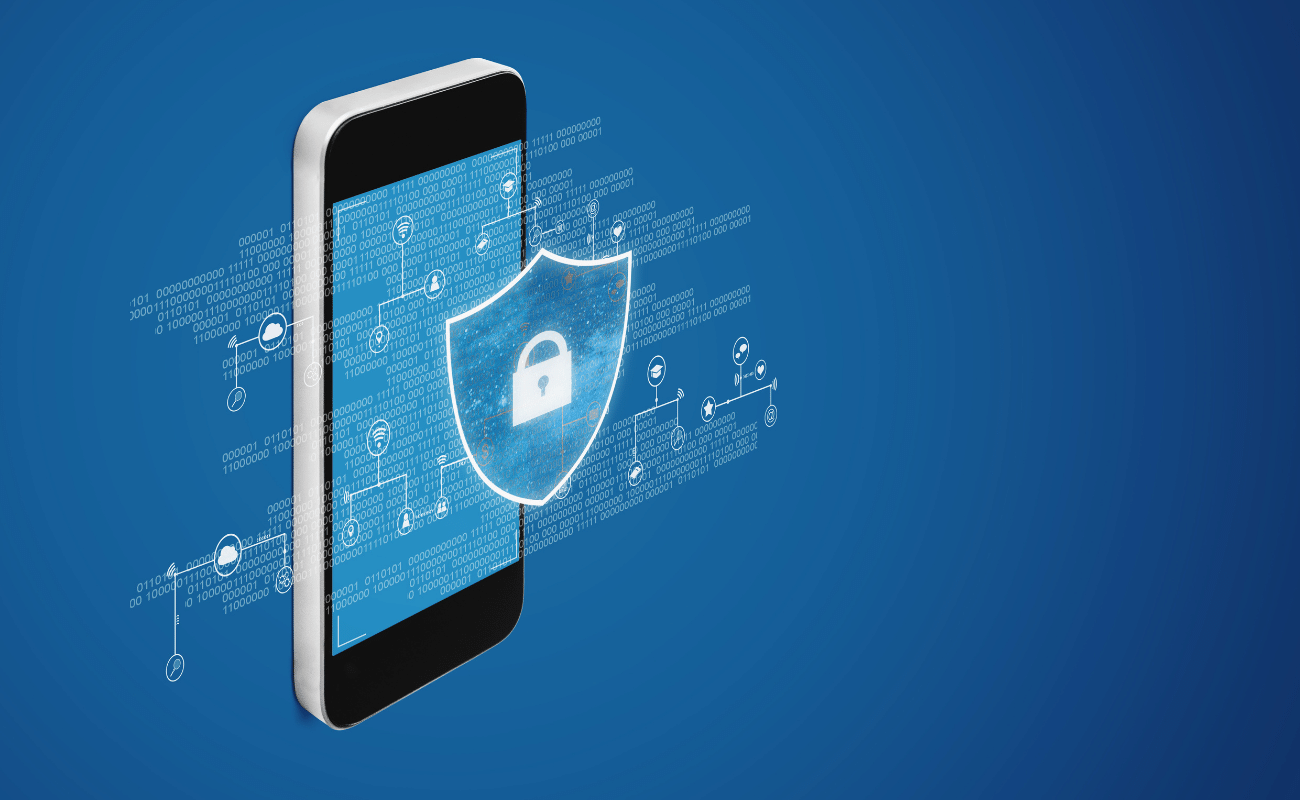Expert Insights: How to Select a SaaS Backup Solution (Part 2)
Welcome back to our blog series on SaaS data protection. Part 1 focused on data protection fundamentals, and part 2 is focused on data protection solutions.
The first problem organizations face with backup for SaaS applications is a lack of options for most applications. Due to a lack of standards, backup vendors are forced to develop completely custom solutions for each application. As a result, most vendors only support a handful of widely used platforms such as Salesforce and Microsoft 365. Until this lack of standards is addressed, backup support will continue to be limited to the most widely used applications.
What should organizations look for in a backup solution?
For applications that are supported, there are several capabilities that organizations should consider when looking at different solutions:
- Granularity – Can you restore individual items? For example, can you restore a single file in a Microsoft OneDrive folder, or do you have to restore the entire folder?
- Item relationships – Many SaaS applications combine unstructured data such as files with structured data in databases or have complex relationships between different records in a database. To be useful, the backup application must understand the relationships between different data items and be able to accurately restore them.
- User permissions and security objects – Access permissions and other security-related metadata must be restored along with data. The ability to only restore permissions and security-related metadata can be useful in cases where a problem has corrupted this information while leaving data unaffected.
- Backup/restore performance – As organizations store more and more data in SaaS applications, the speed of backup and recovery operations becomes increasingly important. For backup vendors, this can be particularly challenging because the SaaS vendors often throttle access to backup-related interfaces making it hard to guarantee performance. However, some vendors are better than others in overcoming these limitations.
- Roles – Some organizations may wish to segregate roles to allow individual users to restore data without requiring intervention from backup administrators or helpdesk staff.
- Usability – A good user interface design can be the difference between a product that performs well in the real world and one that constantly disappoints.
What is the biggest differentiating factor between backup solutions?
Perhaps one of the biggest differentiators between backup products is the difference between passive and active systems:
- Passive systems simply backup and restore data on demand.
- Active products monitor the application for signs of suspicious activity and act to prevent further damage.
What is the difference between active and passive systems?
To understand the difference between active and passive systems, consider the following scenario: a piece of malware begins to encrypt data in a folder containing large numbers of files:
- Passive: With a passive system, no action is taken, and the malware continues to encrypt data until someone notices. At that point, administrators can restore data from the backup, but this may involve restoring very large amounts of data.
- Active: With an active system, the rate-of-change of file data in the folder is recognized as well as the account responsible for the changes. Once the suspicious activity is recognized, the active system uses application programming interfaces (APIs) to lock out the account that was running the malware and prevent further damage. This early intervention to stop the attack leads to much more rapid recovery from the attack.
Learn more about selecting backup vendors with these 3 questions to consider when evaluating backup solutions or by requesting a demo of SpinBackup.
Was this helpful?
How Can You Maximize SaaS Security Benefits?
Let's get started with a live demo
Latest blog posts
Midnight Blizzard Attack on Microsoft: Key Lessons for Strengthenin...
Midnight Blizzard Attack on Microsoft: Key Lessons for Strengthening Your SaaS Security From November 2023...
Evaluating the Best Backup Services: What to Look For and Popular O...
If you’re here right now you’ve probably realized how important it is to backup your...
How to Recover Deleted Messages from Microsoft Teams
In modern-day hybrid and remote work environments, collaboration and communication tools like Microsoft Teams are...


